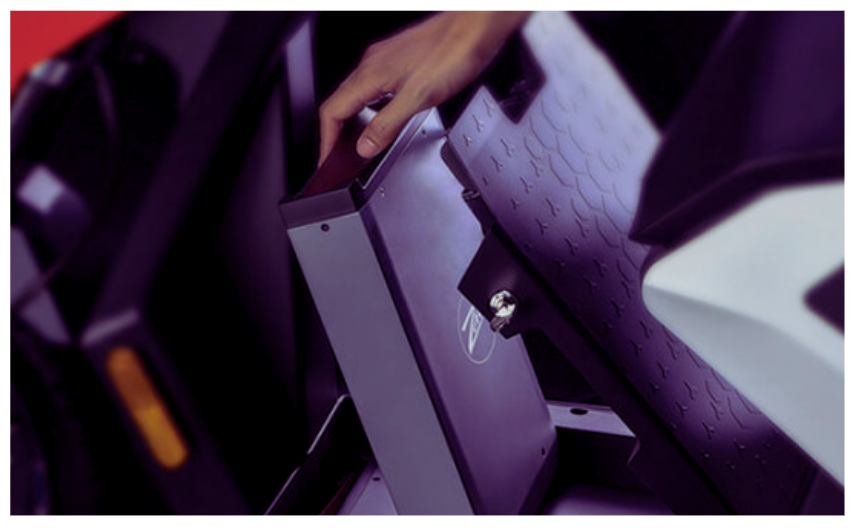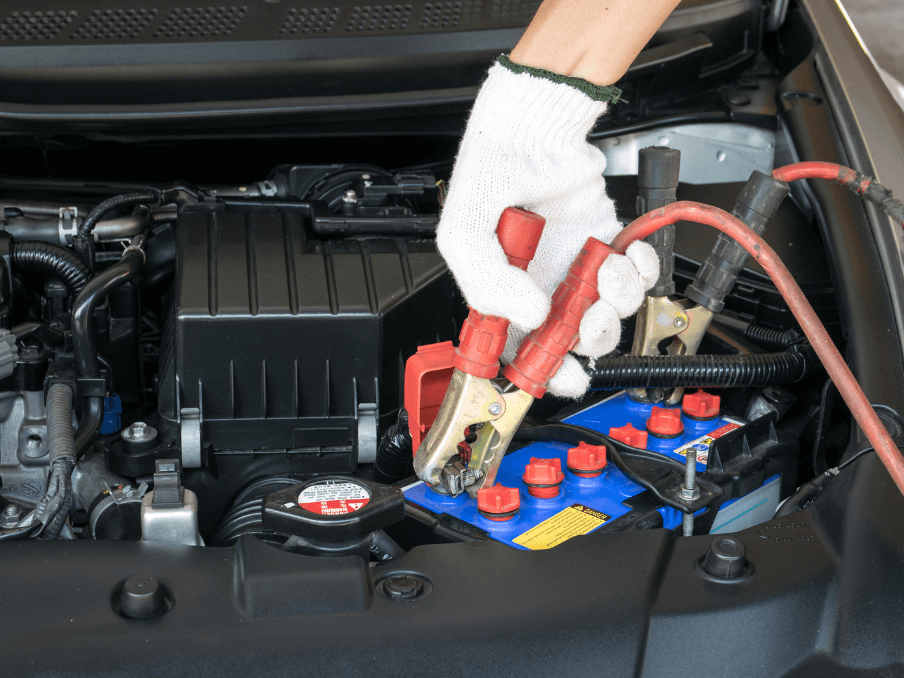
A few months ago, my friend Tom, a proud owner of a Schumacher battery charger, called me with some hesitation. His charger, a trusty tool in his garage, has been acting up recently. Frustrated, he asked if I could help troubleshoot, which led me down a path to uncover some common problems with Schumacher chargers and the best solutions for each.
Here we will share a recap of our troubleshooting journey including the symptoms, possible causes and the steps we took to resolve them. If you are facing a similar problem, this guide will help.
Problem 1: Charger won’t turn on
Charger not turning on; No LED lights are visible.
It seems unresponsive when plugged into a power source.
Possible causes:
Power cord or outlet problems
Internal fuse problem
Faulty wiring inside the charger
How to fix it: We started by checking to make sure the outlet was working properly (a small light helped). After verifying the outlet, we unplugged the charger and opened it carefully to check the fuse. Sure enough, the fuse blew. If it is replaced with a fuse of the same specification the charger starts up immediately.
So keep extra fuses handy for your Schumacher charger and always double-check power outlets and cords before making big decisions.
Issue 2: Charger stuck in desulfation mode.
Charger stays in desulfation mode for hours with no progress.
The battery voltage does not seem to increase.
Possible causes:
Severe battery sulfation
Battery too damaged for recovery
Software error in charger
The way we solved it: We connected a different battery to check if the charger would come out of desulfation mode faster. It worked fine on another battery, confirming that the problem was with the original battery. Although desulfation is a powerful mod, it can only do so much for highly sulfated batteries. After leaving the battery in desulfation mode overnight, it finally went into charging mode, saving my friend the cost of a new battery.
From here you can understand that desulfation mode is useful but has its limits. It is good practice to desulfate regularly to avoid serious sulfation buildup in the first place.
Issue 3: Overheating charger
The charger feels abnormally hot to the touch while in use.
It can turn off automatically to cool down.
Possible causes:
Blocked air vents
Internal fan error
Operating in a poorly ventilated area
How we solved it: The first thing we did was check the vents for any dust deposits. We got quite a bit of dust, which was limiting airflow. After cleaning it with compressed air, the overheating problem improved significantly. I also recommend keeping the charger in a cool, ventilated area while using it, which minimizes the chance of overheating.
Your Lesson Learned: Cleaning vents and ensuring good airflow is essential to charger longevity. Avoid using it in confined spaces or under direct sunlight.
Issue 4: Battery not charging fully
The charger has reached a certain percentage but will not fully charge the battery.
The battery stops charging prematurely.
Possible causes:
Battery is about to die
Wrong charging mode selected
Calibration problem with charger
How we solved it: We double-checked the mode he was using and adjusted it to the appropriate battery type setting. For example, switching from AGM to standard mode helped significantly. Additionally, we realized that the battery was quite old, so it held less charge. After recalibrating and charging again, it reached near full capacity.
Lessons Learned: Choosing the right mode and understanding the age of your battery can greatly affect charging efficiency. It is good to check battery health periodically.
Issue 5: LED indicator lights are bad
LED lights are flashing erratically or not at all.
The wrong light flashes at certain charging stages.
Possible causes:
Cable loose inside the charger
software error
LED component defects
How we solved it: Opening the charger to inspect for loose wires wasn’t as scary as my friend expected. We fixed a wire that was barely making contact, which immediately fixed the LED problem. We tested the performance of the charger on different batteries and found that this is not a deep problem, which reassures us that this is an easy fix.
Sometimes, a little maintenance goes a long way. Checking the internal wiring can solve such minor problems without requiring any replacement parts.
Issue 6: Fault codes are displayed on the screen
Certain error codes such as F02, F05, or F06 appear on the digital display.
Charger stops and won’t move.
Possible causes:
Wrong connection (reverse polarity)
Battery overheated or overcharged
Defective battery
We were solving : With a little research, we identified the meaning of the code. Rechecking the connections, we found a loose contact, which triggered the error After the clamps are securely attached, the charger resumes charging without further interruption. For error codes we couldn’t resolve, a quick reference to the manual proved very helpful.
Your Lesson Learned: Always refer to the charger’s manual for specific fault codes. Most problems can be fixed by simple checks, such as making sure the cables are connected correctly.
Issue 7: Charger shuts off prematurely
The charger turns off before reaching full charge.
The charger seems to be charging intermittently.
Possible causes:
Internal timer setting
The battery reaches its full capacity based on voltage but not on time.
We were solving : After a bit of trial and error, we noticed that the charger’s timer would reset every time it was unplugged and re-plugged. To prevent premature shut-off, we keep it plugged in continuously. This allows the battery to be fully charged without resetting the timer, which seems to solve the problem.
Your Lesson Learned: Sometimes, leaving the charger alone with no interruptions gives better results Avoid resetting the charger unnecessarily.
Conclusion
Troubleshooting the Schumacher battery charger was a learning experience, revealing that most issues could be easily resolved with a bit of patience and a few tools. Whether it’s a blown fuse, a dusty vent, or incorrect mode selection, these small adjustments can make a big difference in performance. If your Schumacher battery charger isn’t working as expected, try these solutions first—you might just save yourself the hassle of buying a new charger!








